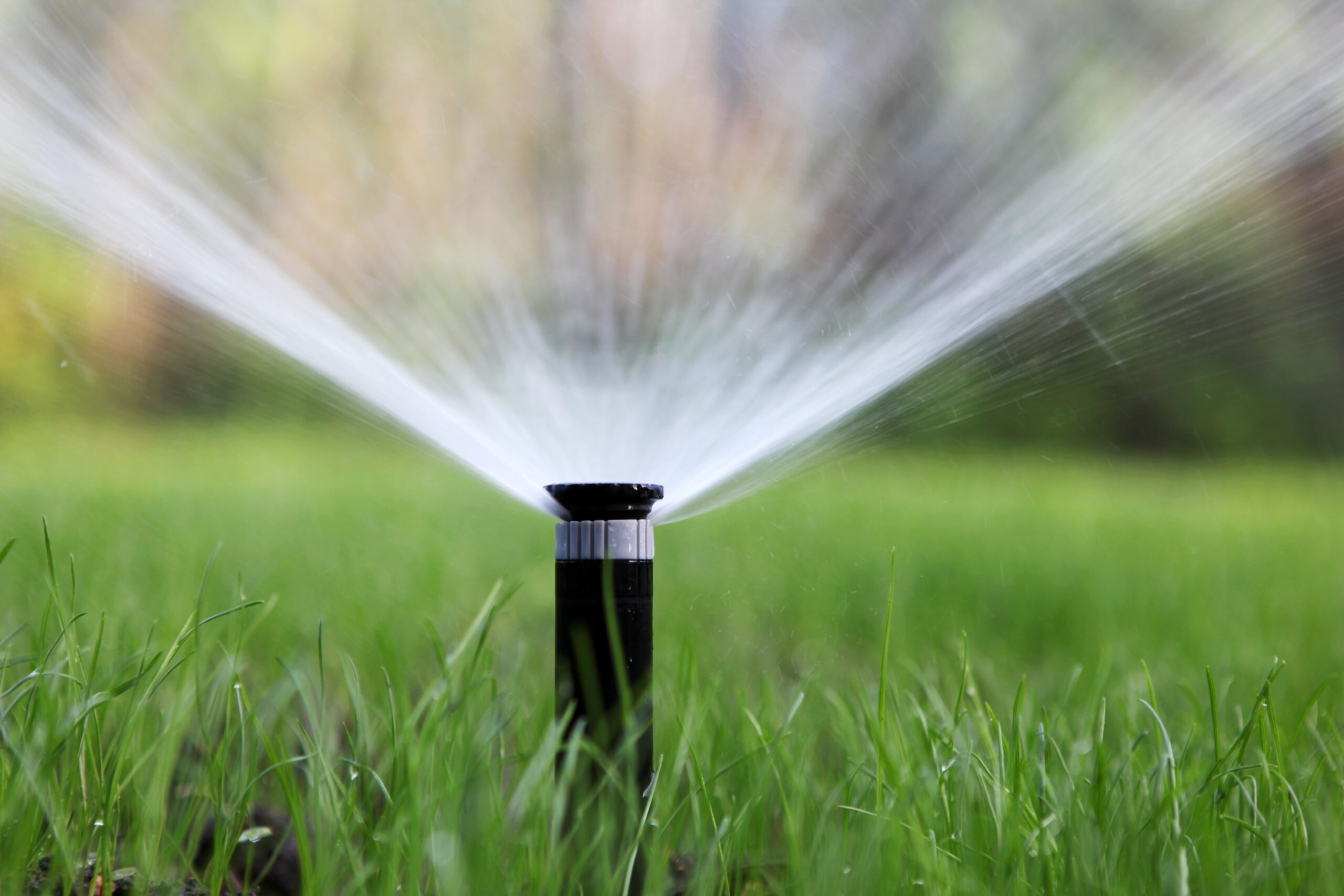 (412) 364-9114
(412) 364-9114

Now that winter is here, you could benefit from learning how to winterize a sprinkler system. This is especially the case if your yard is subject to frost, and any sitting water can freeze and burst the pipes, resulting in costly repairs. In fact, it’s one of the things you should do to get your home ready for winter, but it falls off the list for many of us.
If you haven’t already taken care of this, you need to do so now. The good news is that, with the right equipment and methods, you can drain the sprinkler system and prepare it for winter yourself — no professional needed. Here, we breakdown exactly what you need to do to winterize a sprinkler system.
First, switch off the water supply to the system. This is usually via a main valve near your water meter. If your system has backflow prevention valves, then those need to be shut off too.
If your system comes with an automatic timer, then switch it to rain mode. That way you can shut it down and save your settings you already have in place for the spring. If you don’t have a rain mode, then switch it off completely.
Now it’s time to remove any residual water from the pipes. This is the tricky part, but once you know what you’re doing, it’s fairly straightforward. There are three ways to drain the water: manually, automatically or blowing it out via an air compressor. We cover each method below!
This final step is simple, you’re going to want to insulate any exposed components. This means everything should be covered in insulation foam or tape, including the water supply shut-off valve, backflow preventers, as well as any exposed pipes. Just be careful not to block any vents or drains on the backflow preventers.
That’s it, your sprinkler system is now all set for winter. Come spring, it will be up and running again ready to revive your lawn and flowerbeds. Before freezing temperatures hit your region, it’s good to plan ahead. Ready to put your sprinklers and irrigation systems to bed for the winter but don’t want to do it yourself? Give super terry a call today and schedule an appointment!